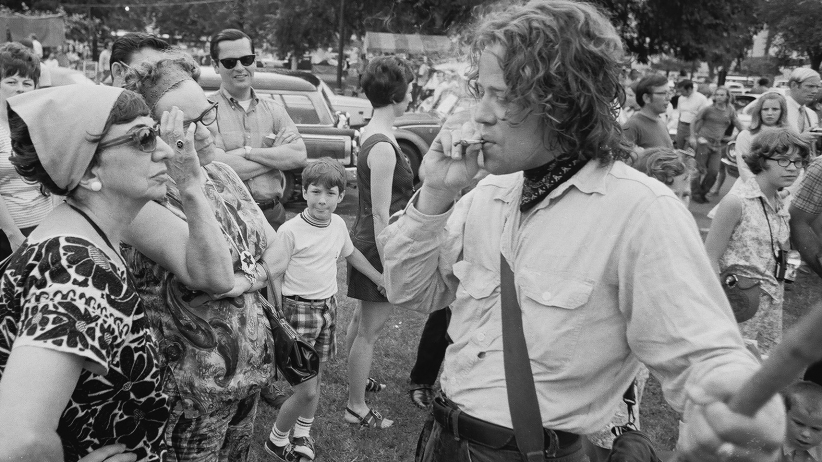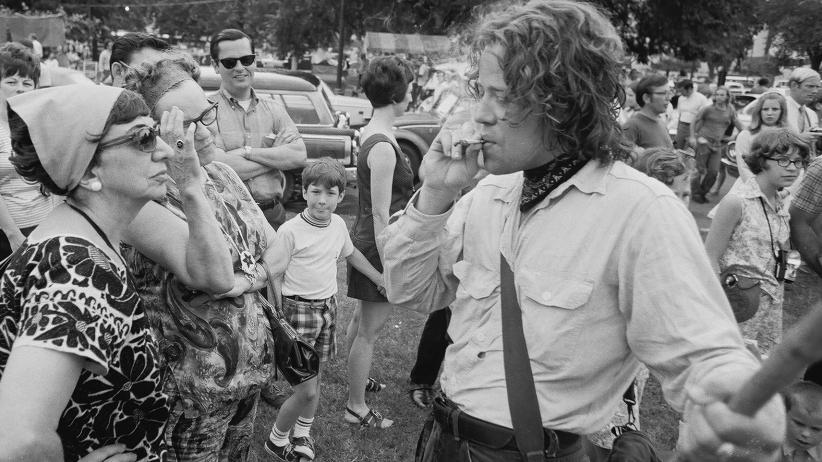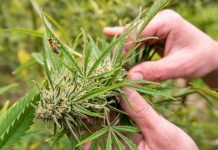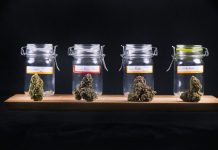Almost every media report on marijuana legalization at the state level references the fact that cannabis remains listed as a Schedule I illegal drug in the U.S.
In another words, despite 29 states legalizing medical marijuana and eight states legalizing adult-use marijuana, the United States government still considers marijuana an illegal drug with no health benefits and a high potential for abuse.
But what exactly is a Schedule I illegal drug? Who does the scheduling and why? What are some of the other drugs on the list?
The following answer those questions and provides an overview of the five federal government drug schedules — including the fact that the U.S. ranks marijuana as having a higher potential for abuse than cocaine, Vicodin and methamphetamines.
The who and the why
The federal Drug Enforcement Administration (DEA) handles enforcement of the drug schedule and oversees any changes. President Richard Nixon established the DEA in July 1973 to consolidate the federal government’s efforts in “a full-scale attack on the problem of drug abuse in America.” Until then, anti-drug policy was carried out by a number of federal agencies such as the Bureau of Narcotics and Dangerous Drugs and the Bureau of Drug Abuse Control.
Nixon created the new DEA agency by executive order No. 11727, signed July 7, 1973. He had talked about the problem of drug abuse and trafficking since taking office in 1968, including a 1971 “special message” to Congress.
“The problem has assumed the dimensions of a national emergency,” he said in that message. The agency started with1,470 agents and a budget of less than $75 million. It now has about 5,000 agents and a budget of more than $2 billion.
Controversy
Nixon’s executive order also gave oversight of anti-drug efforts to the attorney general. John Mitchell, who held the position at the time, created a “schedule” of drugs as part of the 1970 Controlled Substance Act. Mitchell, later disgraced during the Watergate scandal, included marijuana on the list of drugs with no medical benefit and a high probability of abuse and addiction.
Congress approved the measure. It’s stayed there ever since.
Interestingly, marijuana had been listed as a legal medicine in the U.S. up until 1942. Even the American Medical Association initially opposed prohibiting its use, according to Scientific American, which also reported that by 1944 the La Guardia Committee report from the New York Academy of Medicine questioned making marijuana illegal.
Officially, the prohibition against marijuana was supposed to be considered after debate on its medicinal possibilities. However, the secret tapes that Nixon made during part of his time in the White House make it clear he strongly opposed marijuana legalization.
Nixon asked for a “strong statement on marijuana” against legalization. He also said, “By God, we are going to hit the marijuana thing, and I want to hit it right square in the puss…I want to hit it, against legalization and all that sort of thing.”
Schedule I
Against that backdrop, the drug schedule was created. Drugs can be rescheduled by petitioning the DEA but the agency has ignored repeated petitions to remove marijuana from Schedule I for decades.
The schedule is divided into five sections. Inclusion in each section depends on the drug’s potential medicinal uses and the potential for dependency and abuse, according to the DEA.
Schedule I drugs have the highest potential for abuse and “the potential to create psychological and/or physical dependence,” according to the DEA. That potential decreases with each subsequent schedule.
Schedule I
Considered drugs with “no currently accepted medical use and a high potential for abuse.” They include marijuana, heroin, LSD, ecstasy, methaqualone and peyote.
Schedule II
These drugs are “also considered dangerous” with a high potential for abuse. They include Vicodin, cocaine, methamphetamine, methadone, oxycodone, fentanyl, Dexedrine, Adderall and Ritalin
Schedule III
The DEA describes these drugs as having a “moderate to low potential for physical or psychological dependence.” They include products with less than 90 mm of codeine, ketamine, anabolic steroids and testosterone.
Schedule IV
These drugs are listed as having a low potential for abuse or dependence. They include Xanax, Soma, Darvon, Valium, Ativan and Ambien.
Schedule V
Basically, products that contain low levels of narcotics, such as cough syrup.
News Moderator: Ron Strider 420 MAGAZINE ®
Full Article: What Is Schedule I and Why Is Marijuana on the List, Anyway?
Contact: Entrepreneur – Contact Us
Photo Credit: Getty Images
Website: Entrepreneur – Start, run and grow your business.















